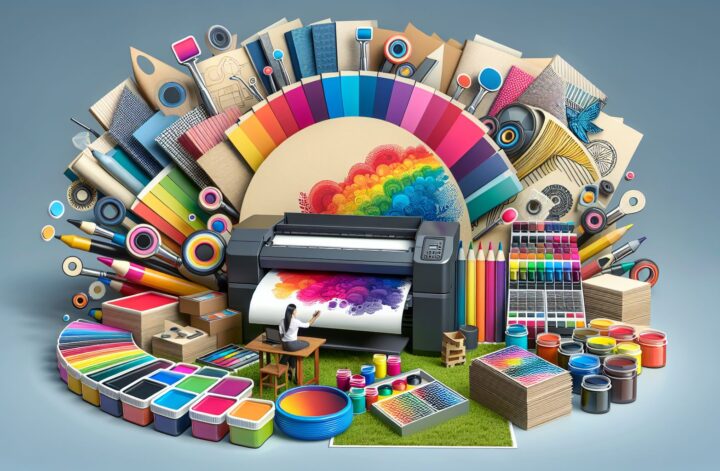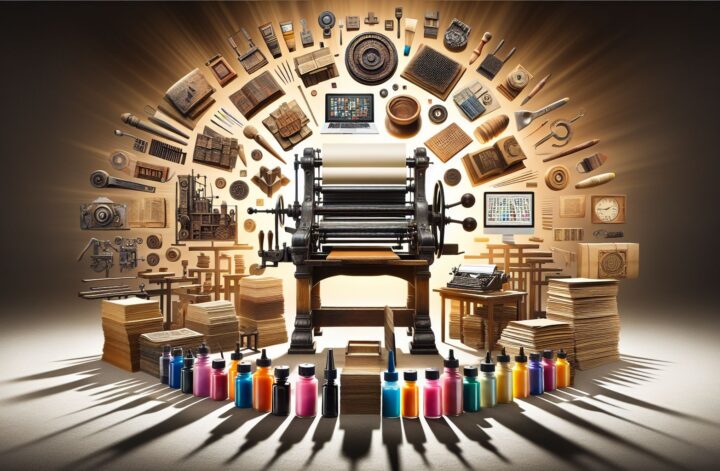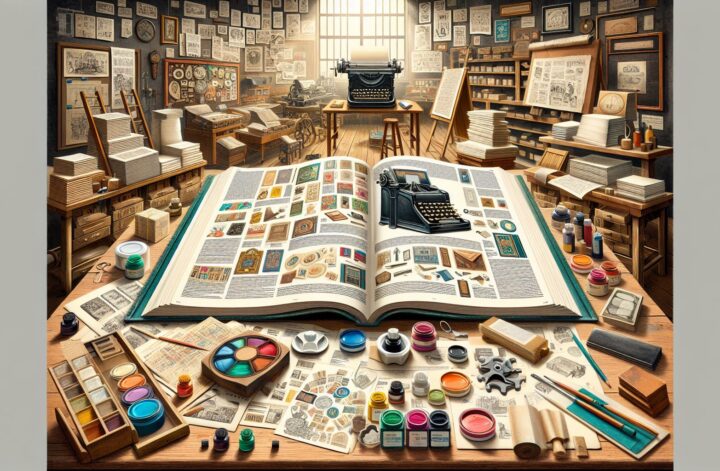When it comes to printing, the choice of materials can greatly impact the quality and durability of your final product. Whether you are printing flyers, posters, business cards, or any other marketing materials, selecting the right paper, cardstock, or other materials is essential for achieving the desired result.
In this article, we will discuss the importance of choosing the right printing materials, the different options available, and how to make the best decision for your specific printing needs.
The Role of Printing Materials
Printing materials play a crucial role in the overall look and feel of your printed products. The type of material you choose can affect the color vibrancy, text clarity, and overall appearance of your design. In addition, the material can also impact the durability and longevity of your printed items.
For example, using high-quality paper or cardstock can enhance the visual appeal of your printing, making it more professional and attractive to customers. On the other hand, choosing a lower-quality material can result in flimsy, easily damaged products that do not reflect well on your brand.
Types of Printing Materials
There are a variety of printing materials available, each with its own unique properties and advantages. Some of the most common types of printing materials include:
Paper
Paper is the most commonly used printing material and comes in a variety of weights and finishes. The weight of the paper is measured in grams per square meter (gsm), with higher weights indicating thicker, more durable paper. Paper finishes can range from matte to glossy, with each offering a different look and feel to your printed products.
Cardstock
Cardstock is a thicker, stiffer material than paper and is often used for printing business cards, postcards, and invitations. It is available in various weights and finishes, giving you the flexibility to choose the right option for your specific printing needs.
Vinyl
Vinyl is a durable, water-resistant material that is often used for outdoor signage and banners. It is available in different thicknesses and can be printed on using a wide range of printing technologies.
Fabric
Fabric is a less common printing material but is growing in popularity for its unique texture and look. Fabric printing is often used for flags, banners, and other promotional items that require a more upscale, tactile feel.
Factors to Consider When Choosing Printing Materials
When selecting printing materials for your project, there are several factors to keep in mind to ensure that you make the best decision:
Budget
One of the primary considerations when choosing printing materials is your budget. Higher-quality materials may come with a higher price tag, so it is important to weigh the cost against the desired outcome of your project.
Printing Technology
Different printing technologies may require specific materials to achieve the best results. For example, digital printing may work best with certain types of paper, while offset printing may require a different material altogether. Make sure to consult with your printer to determine the best material for your chosen printing method.
Desired Look and Feel
Consider the overall aesthetic you want to achieve with your printed products. Do you want a glossy finish for a more polished look, or a matte finish for a more subtle, sophisticated appearance? The choice of material can greatly impact the overall look and feel of your design.
Durability
If your printed items will be subject to wear and tear, such as business cards or outdoor banners, it is important to choose a durable material that can withstand the elements. Vinyl and cardstock are popular choices for their strength and resilience.
Conclusion
Choosing the right printing materials is essential for achieving the best results with your printed products. By considering factors such as budget, printing technology, desired look and feel, and durability, you can make an informed decision that will enhance the overall quality and effectiveness of your printed materials.
Next time you embark on a printing project, take the time to carefully choose the right materials for the job. Your efforts will be rewarded with professional-looking, long-lasting printed products that will leave a lasting impression on your audience.



